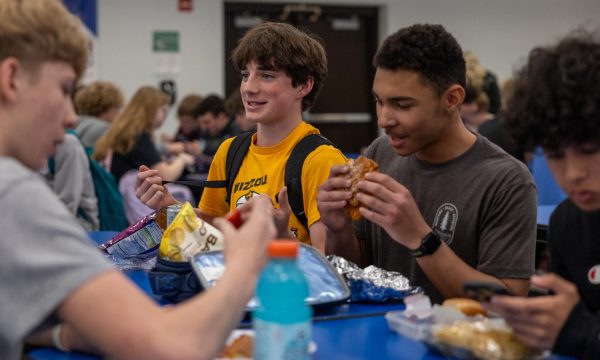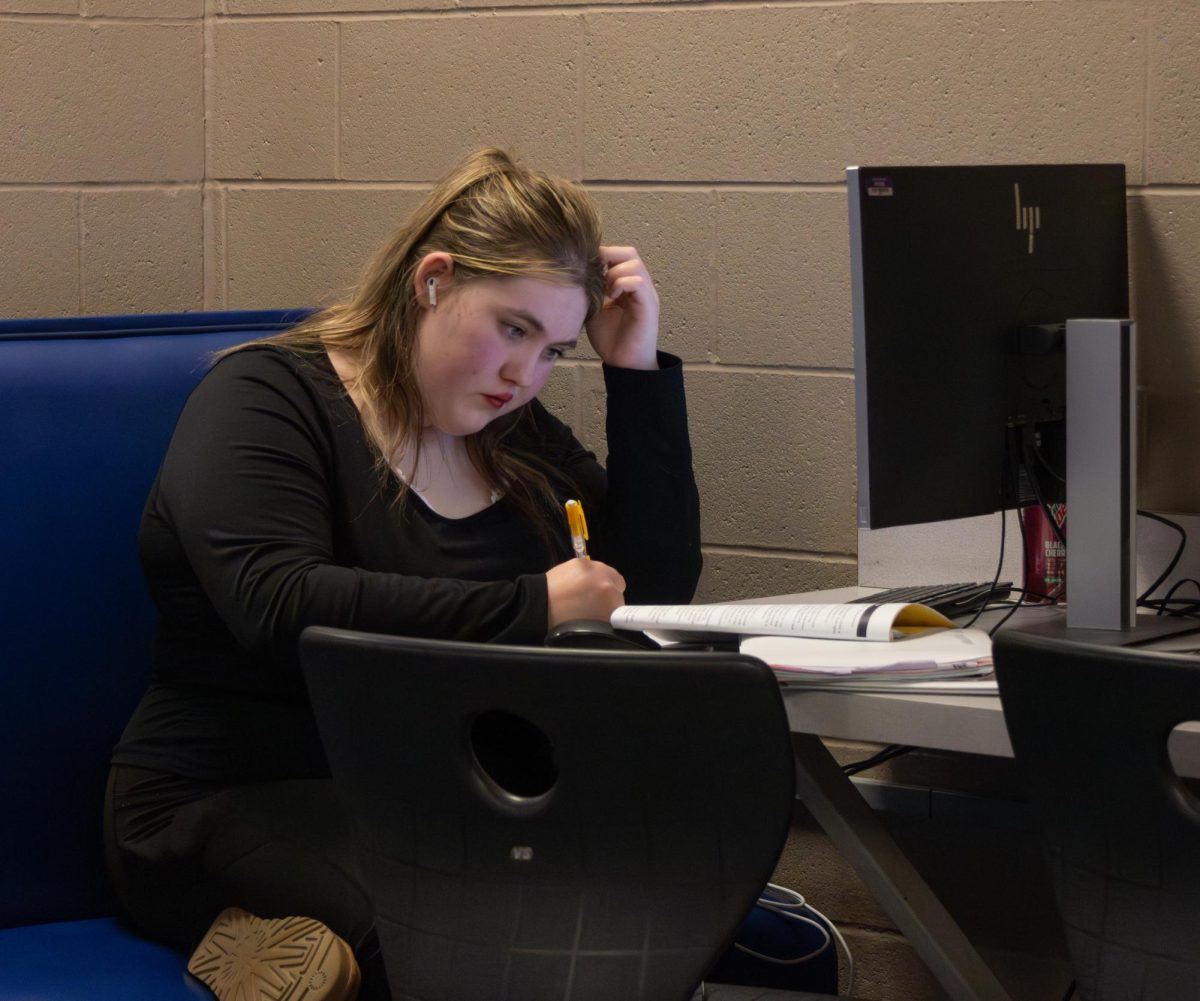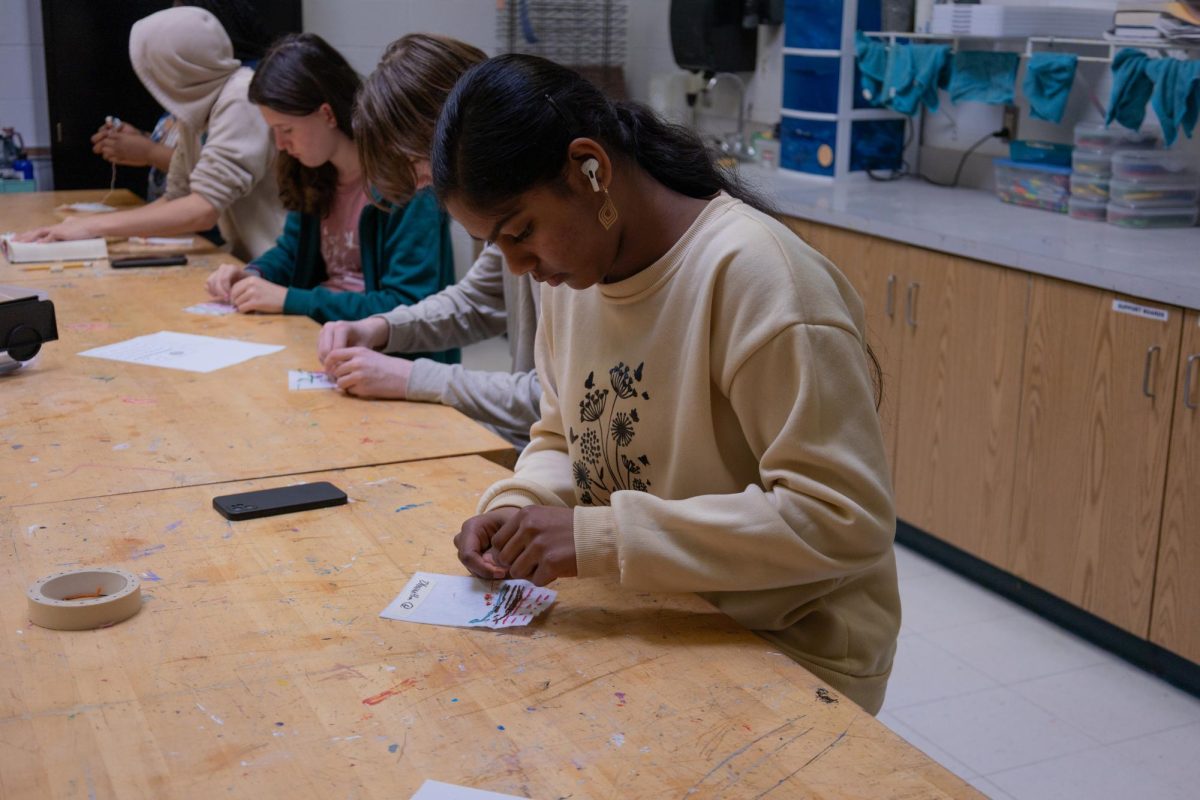Food is all around us, and for good reason. We need food to keep us alive. However, there’s another reason that food holds a special place in our hearts, and in our stomachs, and that’s because of the art and self-expression conveyed through the types of food people eat. All around the world and throughout many different cultures people cook, eat, and share food that has been steeped in rich cultural traditions throughout all of time, and by learning about all of these delectable dishes, one can learn a lot about the different histories and traditions of cultures around the world.
African-American food traditions are largely born out of improvisation. Back when most black people were enslaved in America, it was common for black people to get the remnants and unwanted pieces of whatever white Americans would cook. However, as junior Kate Hewing describes, black people learned how to persevere and turned centuries of discrimination and hardship into art and culture.
“As much as I hate to admit it, most of our food was based around slavery. We were given the ‘impure’ or just not as appealing foods like turkey tails and pig intestines to cook with and we’d season it a bunch and cook it specially to make it taste good and enjoyable,” Hewing said. “Of course, now we can use whatever we want but the tradition of lots of seasoning and recipes still holds through.”
Filipino food has many different cultural origins, as several different countries and cultural groups came to Southeast Asia as colonizers or as traders. Filipino food tradition originally started with the ingredients they had on the various islands and originated from the indigenous peoples who settled there, largely using open fire, preservation and steaming techniques to cook their food. Later, when Spanish colonizers came to the islands, they brought with them new cooking techniques along with ingredients such as garlic, tomatoes and onions. Filipino cuisine also developed some elements from American cuisine when Americans colonized the islands in the late 20th century, bringing condiments and canned foods to the islands.
Food from the Philippines has a great many influences, but one of the favorite dishes of senior Ashlee Leonhard, called lumpia, consists of Chinese influences that were brought to the Philippines by Chinese settlers and traders.
“You have these thin lumpia roll sheets and you have to put an egg wash on them. Many people put different types of fillings, but for my family specifically, we put onion, garlic, peppers, beef and then we roll it up,” Leonhard said. “People usually do batches of 250 to 500 because they’re small. Specifically, we usually just eat cultural food during holidays, such as Halloween or Fourth of July or Christmas.”
Mexican cuisine has deep roots in Mesoamerican traditions as well as Spanish influence from the later colonization of South America by Spain. Using many regional ingredients, such as beans, corn and chilies, as well as Spanish ingredients such as tomatoes, garlic, and onions, Mexican cuisine developed a very distinct and flavorful identity. Mexican food is usually eaten with the whole family, so many dishes revolve around the ability to feed many people. Senior Ana Antonino-Lopez describes a delicious repeat dish in her household.
“A food that I have in my culture would probably be either mole [pronounced moh-lay] or pozole, because people usually have them, like, around holidays or really big events. In my family, we usually make mole or pozole because you can have it for a lot of people. And it’s like a really big pot,” Antonino-Lopez said. “I feel like it’s something that, like, every Mexican household knows how to make, and everybody really enjoys it, especially on Christmas, that’s when we usually have it because it’s a tradition for my household.”

Learning about the foods and traditions of other cultures can really give people a deeper understanding of the similarities and differences of other people to themselves. Food is deeply ingrained in the world and in our identities, and through sharing our foods with the world, we share a part of ourselves. Food probably doesn’t have the power to create world peace, but understanding others and accepting them is a really good first step.










